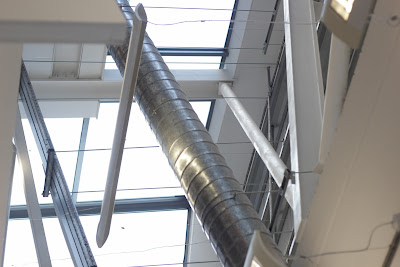Studio Brief 02
Research
To start my research into this brief, I wanted to delve more into what exactly a banknote is, its history, issues which link to advantages and disadvantages and materials used. Banknotes are a type of negotiable instrument, also known as a note, bill or paper money which were originally used by commercial banks who were legally required to redeem the notes for legal tender.
Paper currency first developed in Tang Dynasty China during the 7th century, although real paper money did not appear until the 11th century. The usage of paper currency later spread throughout the Mongol Empire. European explorers like Marco Polo introduced the concept in Europe during the 13th century. Napoleon issued paper banknotes in the early 1800s. Paper money originated in two forms: drafts, which are receipts for value held on account, and "bills", which were issued with a promise to convert at a later date. When I was researching into the early history of money I found myself less interested in the earliest associations with the note because I was more eager to know about the future of money and less the past, then again it was helpful to learn the origins of a banknote to see it in a different way.
The banknote raises a lot of issues and this is what I'm interested in for research, hightlighting key issues and maybe finding a way to address them through my work. One big issue is that the modern banknote rests the assumption that money is determined by social and legal status, when really a banknote is the reflection of the supply and demand society exchanging goods in a free market, when researching into this issue I was considering ways in which I could solve this solution and found that the economist Nicholas Barbon wrote that money "was an imaginary value made by a law for the convenience of exchange. So looking at it at money as an imaginary object with no real value could be an engaging way behind my banknote design.
Recently I came across an article online titled '€500 bills 'may be used by terrorists', EU warns' I decided to read the article as I knew I had a brief upcoming on money. A summary of the article is that EU is to launch an investigation into the the use €500 bills as concerns grow that high bills are funding drug dealing and the aftermath of the November attacks in Paris the EU will also look at the possibility that high-denomination bills have been used in terrorist financing. This was a brief but useful piece of research as its current but also a consideration to take when designing my note, whether or not to produce high denomination bills.
Counterfeiting bank notes is another issue facing money at this moment but has always occurred. Especially since the introduction of colour photocopiers and computer image scanners, banks and nations have incorporated many ways in which to stop this but as technology improves and becomes more available, counterfeit notes keep appearing such as the famous 'Superdollar'. Cost can be a big issue for money too, bank notes are printed and typically have a high cost of issue especially in larger denominations. Another cost is acceptance, notes have to be checked for security features and confirming acceptability. A possible response for this brief could be to have a note that reduces costs and is efficient.
Most banknotes are made from cotton paper with a weight of 80 to 90 gsm. The cotton is sometimes mixed with linen, abaca, or other textile fibres. Generally, the paper used is different from ordinary paper to make it much more resilient, resists wear and tear. The average life of a banknote is two years, i like this fact as I could see it being an interesting part of a design, almost like a best by date for money. For research I wanted to know the future materials which could possibly be used for money and discovered an article discussing why more countries don't use plastic money. Titled








































